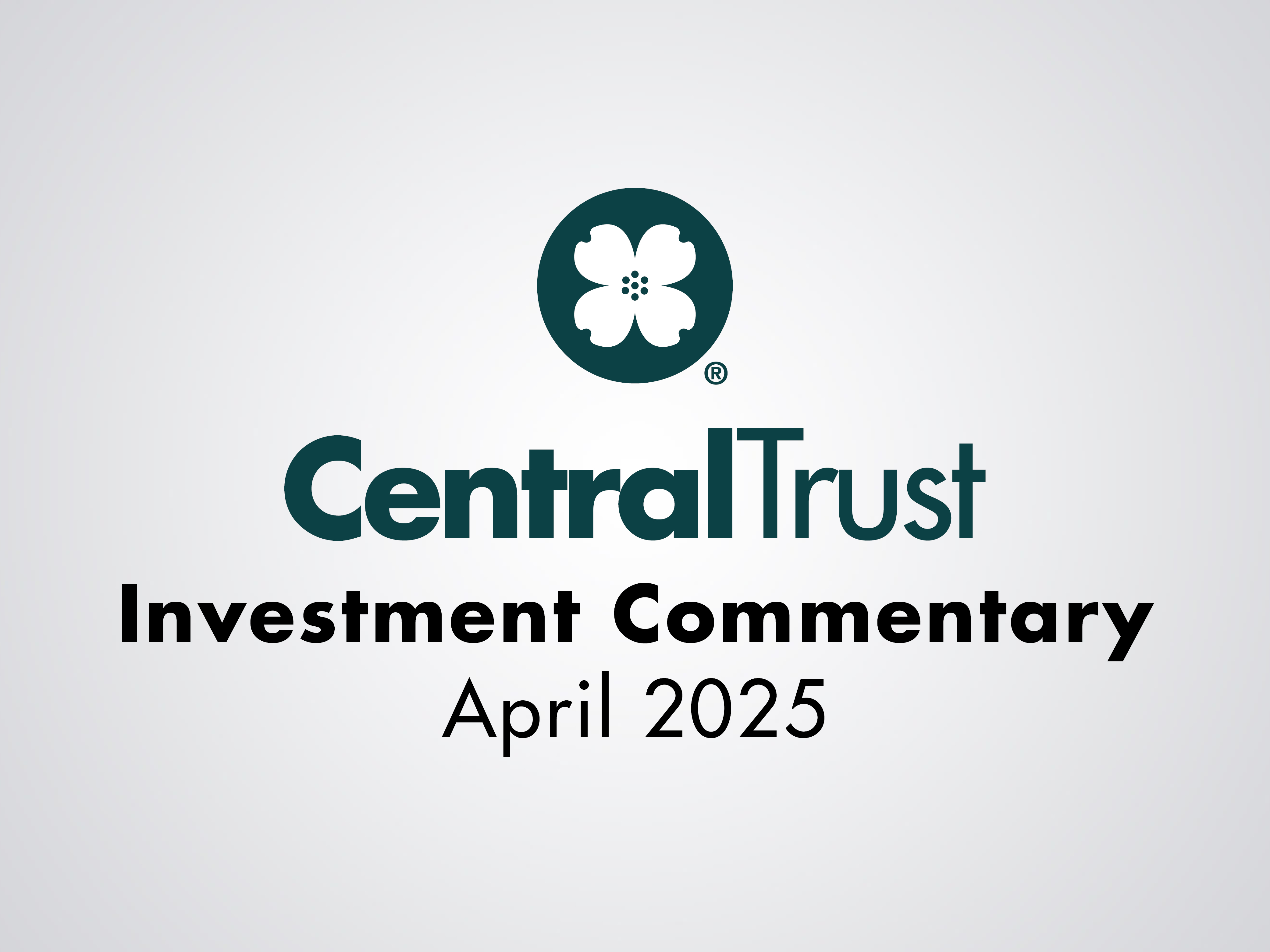May saw markets rebound as tech and consumer stocks surged, offsetting bond losses and debt concerns. International equities outpaced U.S. gains, while gold cooled but remained a top performer.

By Arthur Blackman, MBA – Vice President & Portfolio Manager
When you buy a stock or bond, how do you know if you’re getting a fair deal? Every trading day, prices flash across the market, but those prices don’t always reflect a security’s true worth. Behind every price is the question: what is this really worth? That’s where the concept of fair value comes in.
A security is any tradable financial asset, like a stock or bond. Fair value is the price an informed buyer and seller would agree to if they had full knowledge of the asset’s value. Determining fair value isn’t simple as it combines hard financial data with forward-looking assumptions about growth, risk, and investor sentiment.
Core Valuation Metrics
Analysts rely on several key measures to judge the fundamental value of a security. Among the most commonly used are the Price-to-Earnings (P/E) Ratio, Return on Equity (ROE), and the Discounted Cash Flow (DCF) Method.
- Price-to-Earnings (P/E) Ratio compares the stock price to its annual earnings per share (EPS). For Apple Inc., trading at $231 per share on February 6, 2025, with $7 EPS, the P/E ratio is 33.
- Return on Equity (ROE) measures profitability relative to shareholder investment. Apple’s 2024 fiscal year showed $93.7 billion in net income against $57 billion in shareholder equity, resulting in a stellar ROE of 164%.
- Discounted Cash Flow (DCF) estimates future cash flows and discounts them to today’s value using a risk-free rate, often the 10-year U.S. Treasury yield. Apple generates $7.22 in free cash flow per share, giving it a Price-to-Cash Flow ratio of 32.
Historical Context and Valuation Perspective
How do these figures compare to historical norms? For mature large-cap companies like Apple, the long-term average P/E ratio tends to hover around 16 to 17. By that standard, Apple’s current valuation, which is double the historical average, really stands out.
At a P/E of 16, Apple would trade closer to $116 per share. This raises an important question: why does the market assign Apple such a premium valuation?
Growth and Momentum Premiums
Part of the answer lies in two additional factors that drive price beyond current fundamentals: growth expectations and momentum.
- Growth reflects anticipated future expansion in earnings, revenue, or cash flow. Investors may accept a higher P/E if they believe Apple’s profits will grow significantly in the future. For example, if Apple’s earnings doubled within a year (unlikely, but illustrative), its P/E would fall from 33 to 16 even if the share price stayed constant.
- Momentum is a behavioral factor. Stocks that have recently performed well often continue to attract buyers, driven by optimism and the belief that “winners keep winning.” This psychological component can sustain elevated valuations, even if fundamentals alone might not justify them.
The Art and Science of Fair Value
Together, these factors show that determining fair value is both an art and a science, blending financial analysis with investor sentiment and market psychology. For fiduciaries and investors alike, understanding this balance is essential to making well-informed investment decisions.
Combining Quantitative and Qualitative Factors
By considering both quantitative factors, such as earnings and cash flow, and qualitative factors, like brand strength and innovation potential, investors can develop a more complete view of what a stock or bond is truly worth. Additionally, fair value is not static — it evolves with changes in the company’s performance, broader economic conditions, and shifts in investor psychology.
Beyond the Numbers: Other Key Considerations
While tools like P/E ratios and DCF models offer helpful guideposts, they are only part of the equation. Wise investors also weigh factors like competitive advantages, industry trends, regulatory risks, and even shifts in consumer preferences.
Staying Disciplined in a Volatile Market
In a fast-moving market, prices can swing dramatically in response to the news, but those price movements do not always align with changes in intrinsic value. By continuously reassessing fair value and staying disciplined, investors can avoid overpaying for hype-driven stocks and uncover underappreciated opportunities with strong long-term potential.


